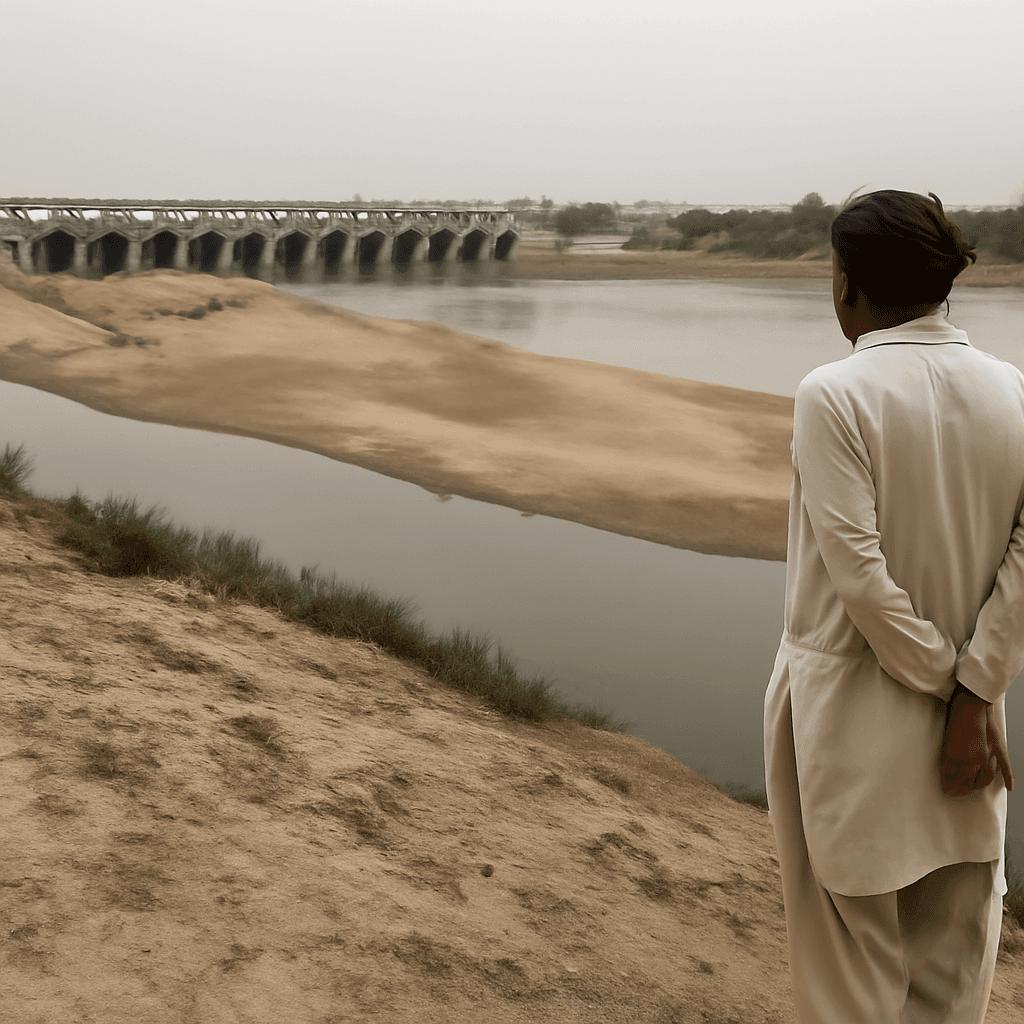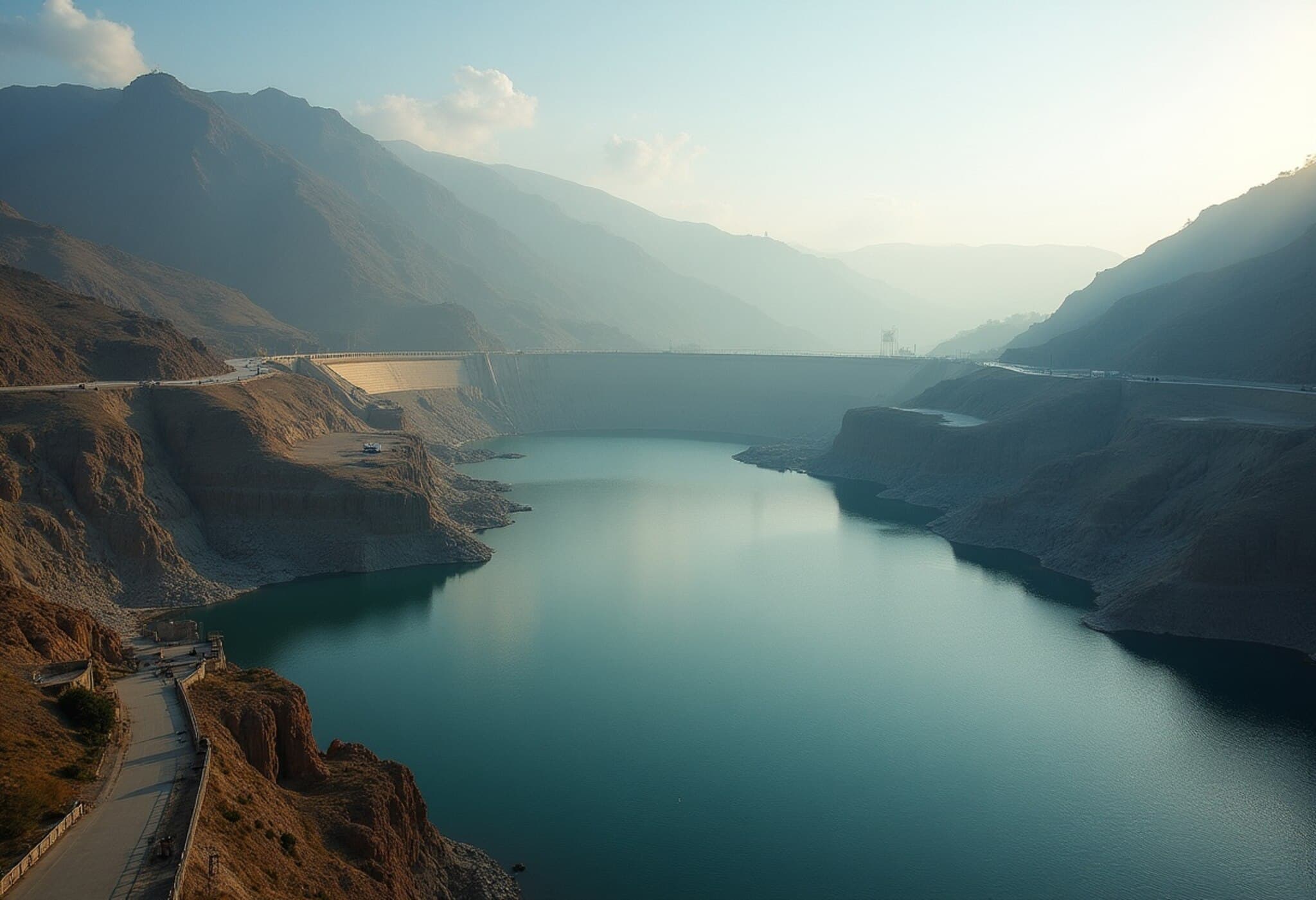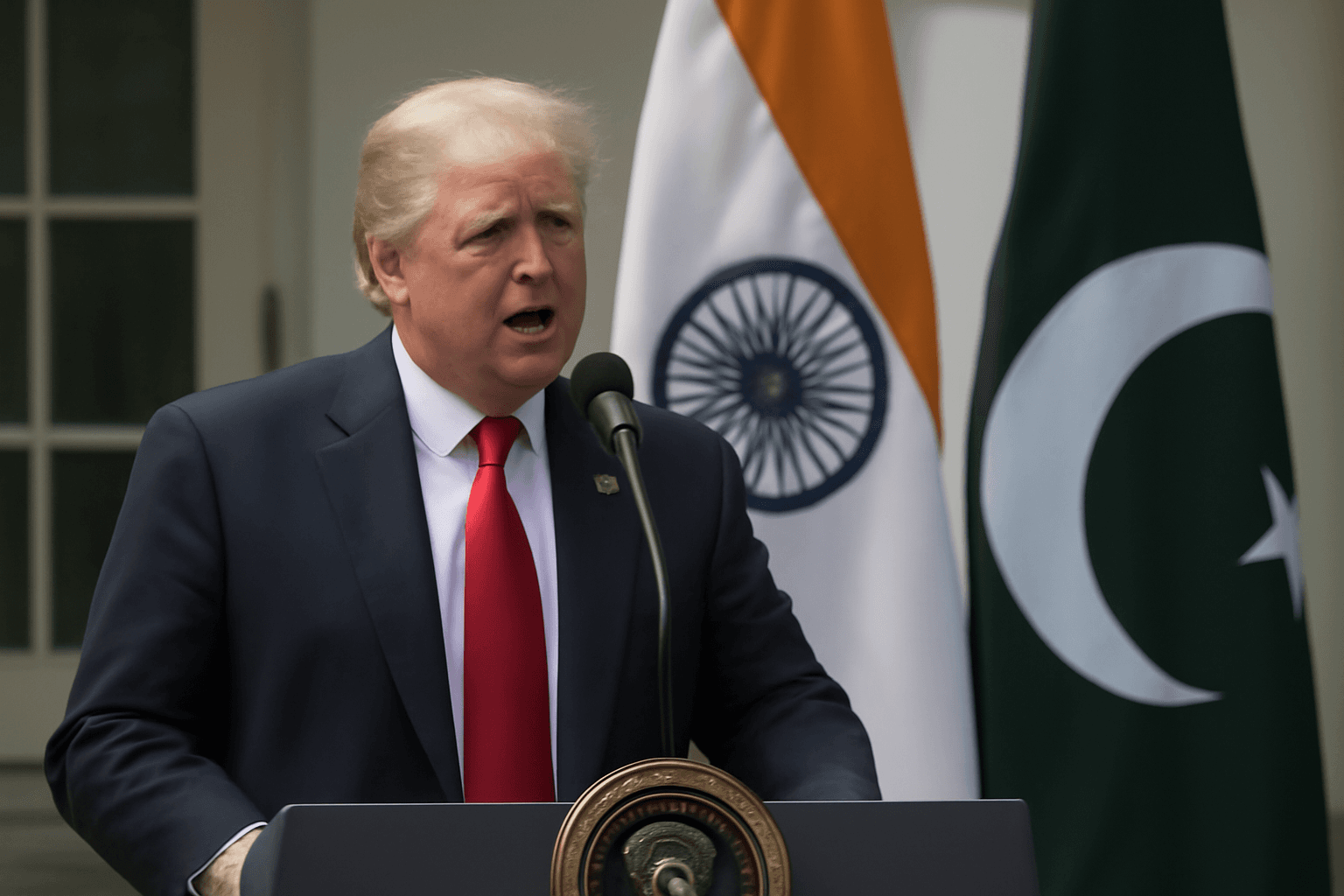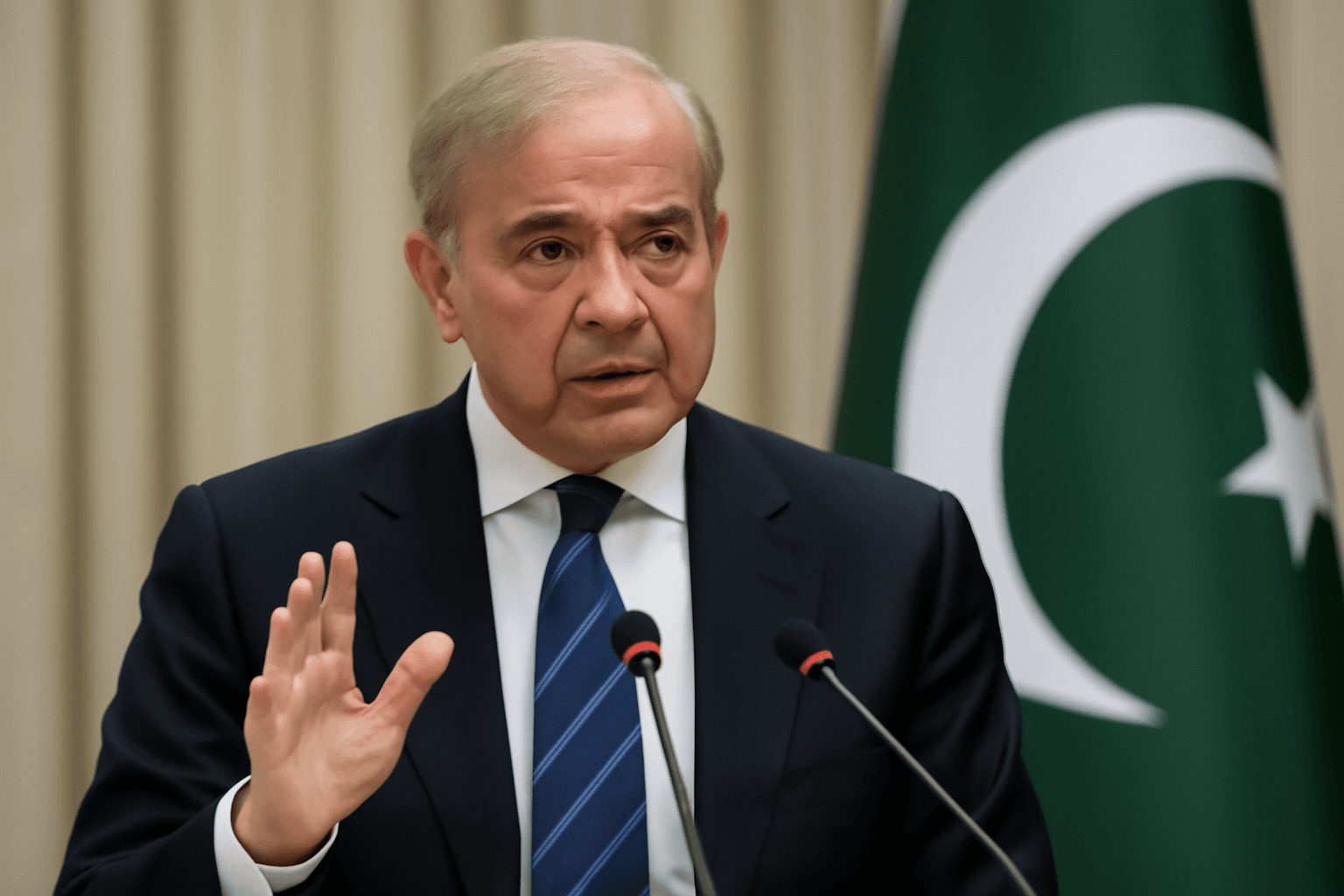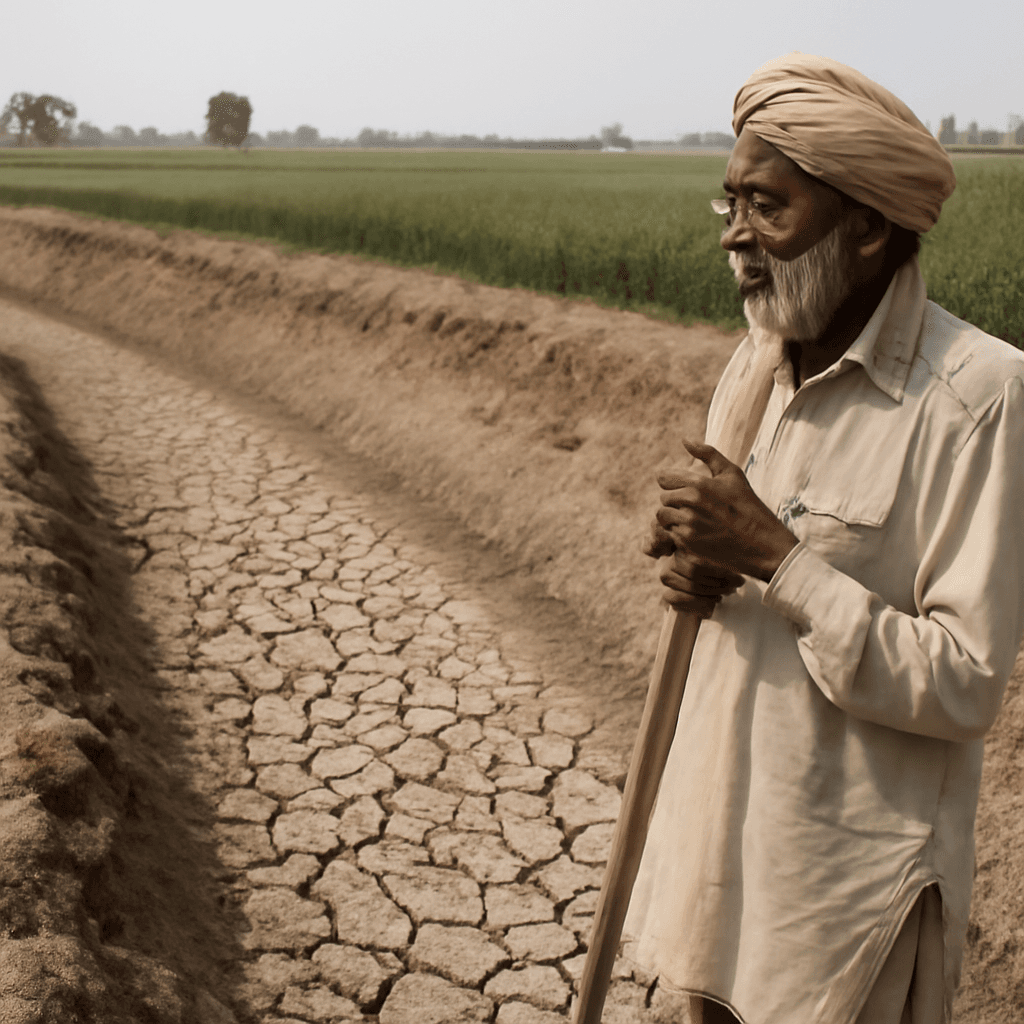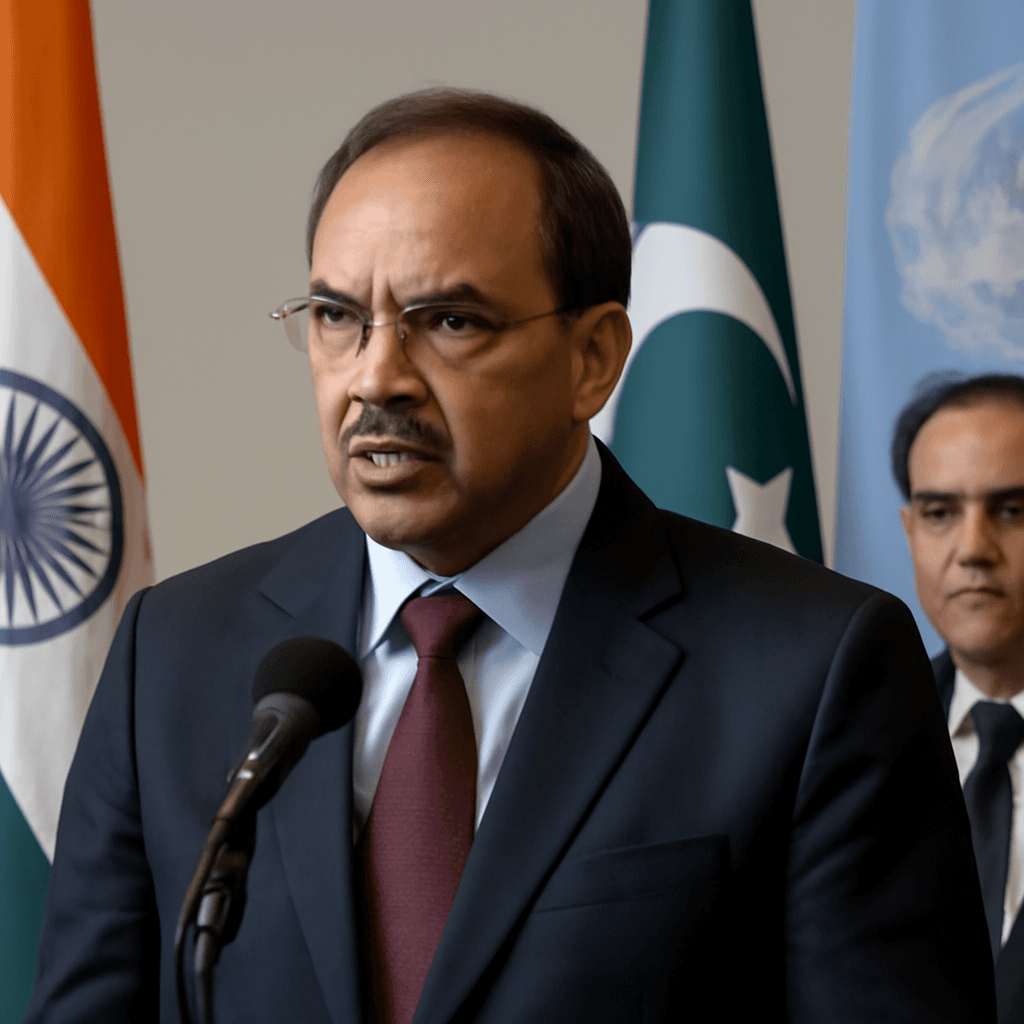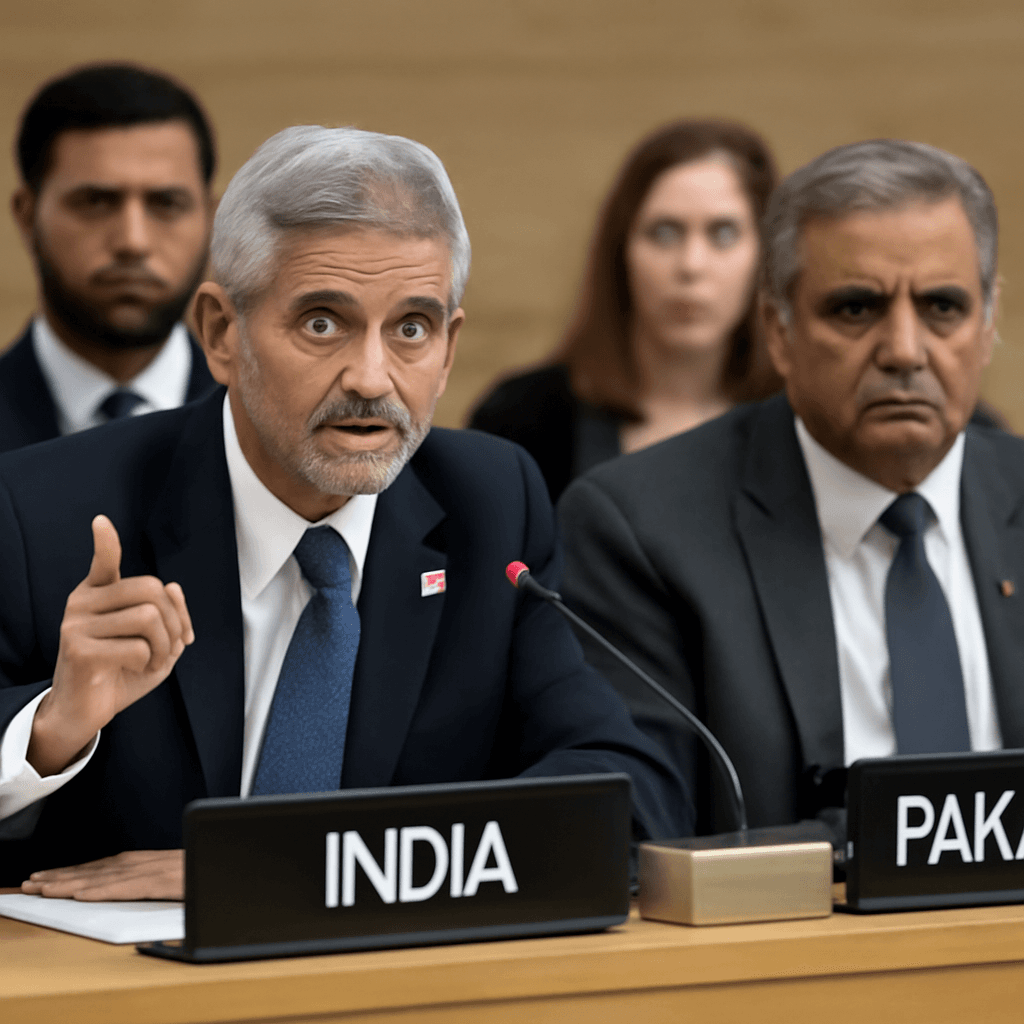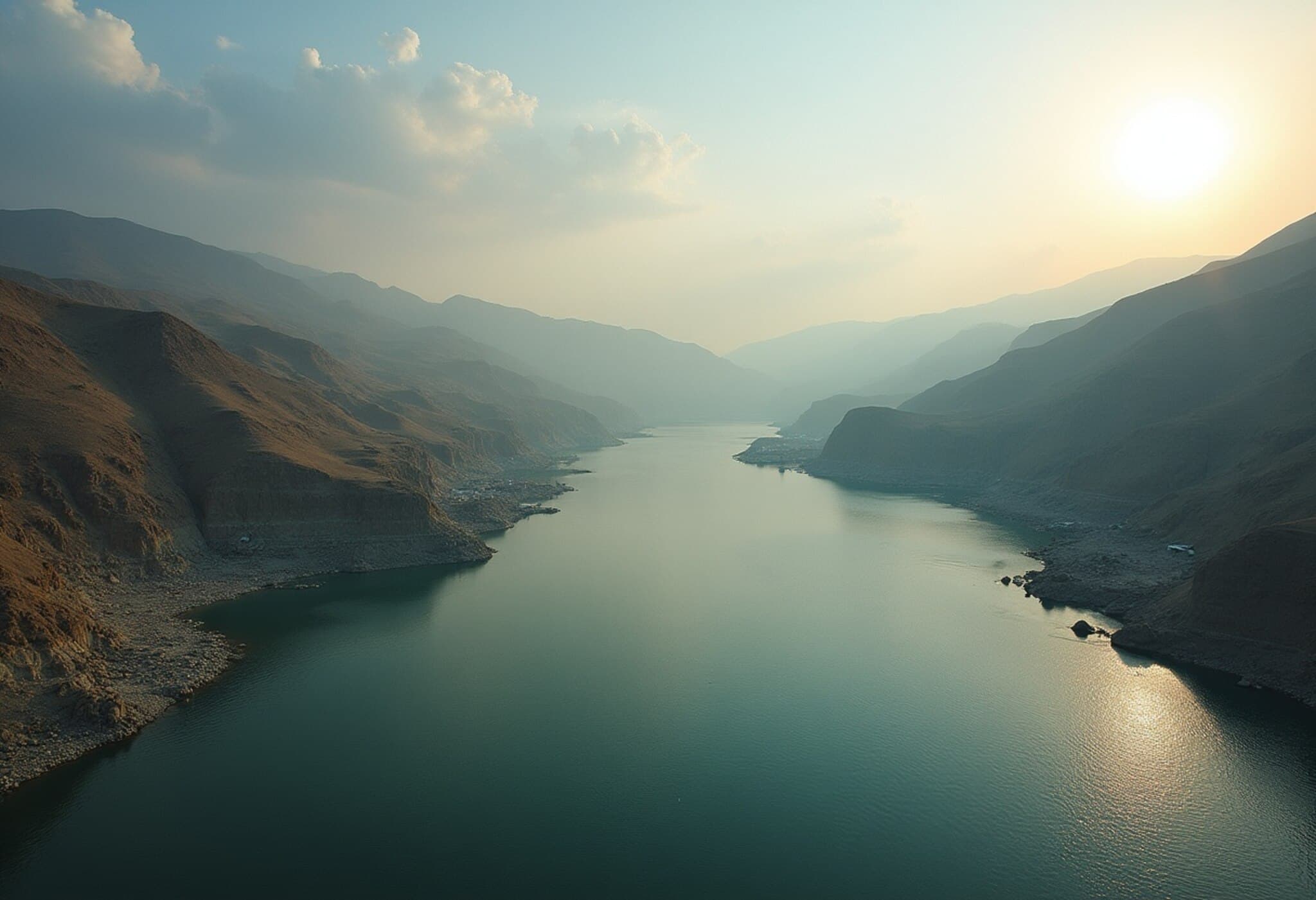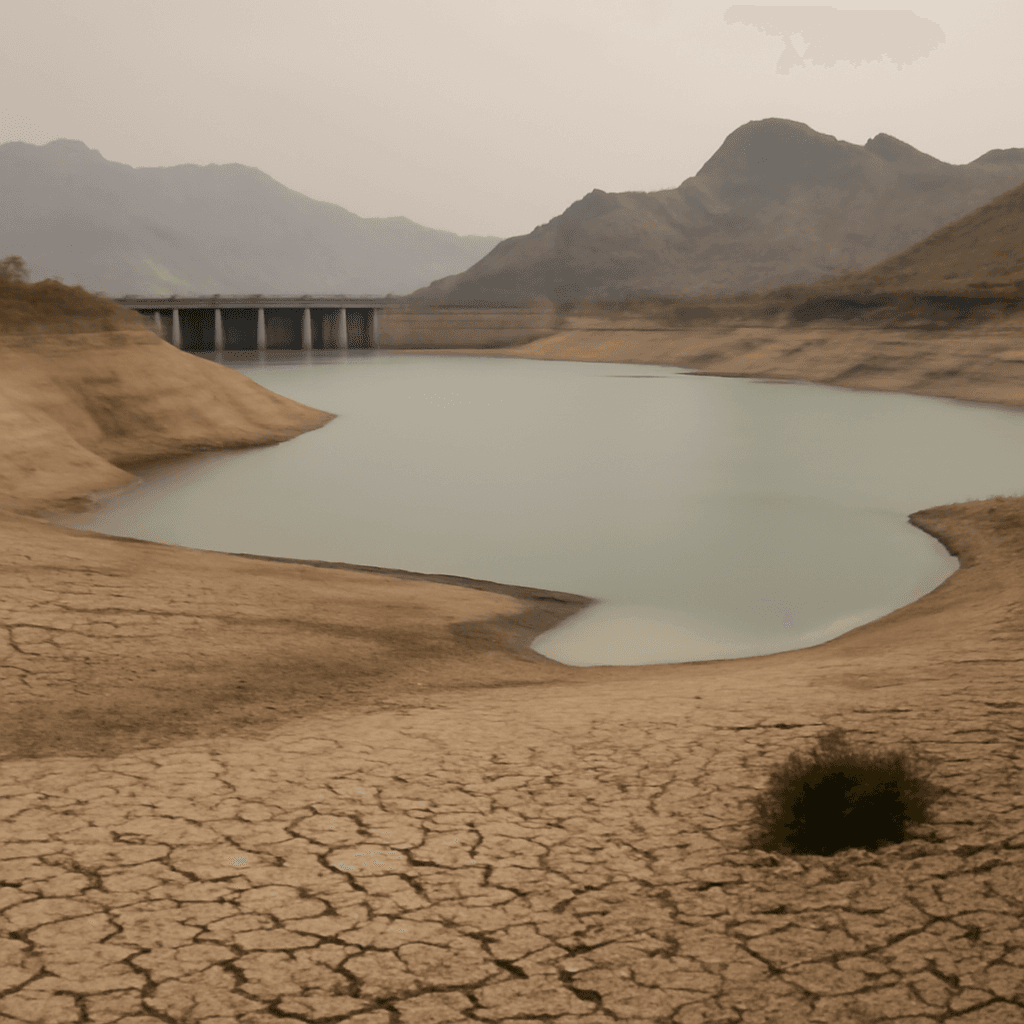Introduction
Pakistan's agricultural sector is confronting a critical challenge as water flow restrictions from India have led to significant shortages in the Chenab River. This development is intensifying concerns during the crucial kharif crop-sowing season, impacting water availability in two major dams in Punjab and Sindh.
Background: Indus Waters Treaty Dispute
The tensions between India and Pakistan have escalated following India’s decision to put the Indus Waters Treaty on hold. This treaty historically regulated water sharing between the two countries. The disruption followed a terror attack in Pahalgam, Kashmir, after which India adjusted the water flows, exacerbating Pakistan's water crisis.
Impact on Key Dams
- Mangla Dam (River Jhelum) – Vital for irrigation and hydropower in Punjab.
- Tarbela Dam (River Indus) – Essential for water supply and electricity generation in Sindh and beyond.
Both dams are facing a substantial decrease in live water storage, which threatens agricultural productivity and energy availability. Recent reports highlight a 50% live storage deficit and an overall 21% reduction in water flow this season.
Early Kharif Season Under Threat
The reduction in water inflow, particularly from the Chenab River at Marala, is particularly concerning as it coincides with the start of the early kharif sowing period (May to September). This shortage is expected to limit irrigation capabilities, potentially leading to a decline in crop yields.
The Indus River System Authority (IRSA) has issued advisories urging dam authorities and irrigation controllers to manage reservoir water usage judiciously, emphasizing conservation to mitigate the crisis prompted by upstream restrictions.
Political and International Dimensions
The water dispute has entered the international stage, with Pakistan raising the issue at global forums to highlight the humanitarian and agricultural impacts. Conversely, India maintains that Pakistan has violated treaty terms and accuses it of supporting terrorism.
As the dispute continues, the situation underscores the critical link between water security and regional stability in South Asia.
Conclusion
The reduction in water flow from India due to the suspension of the Indus Waters Treaty poses a direct threat to Pakistan’s agriculture and energy sectors. With key reservoirs at critically low levels and the kharif season underway, effective water management and diplomatic engagement are now urgent priorities for Pakistan.

